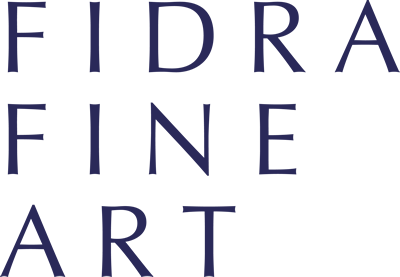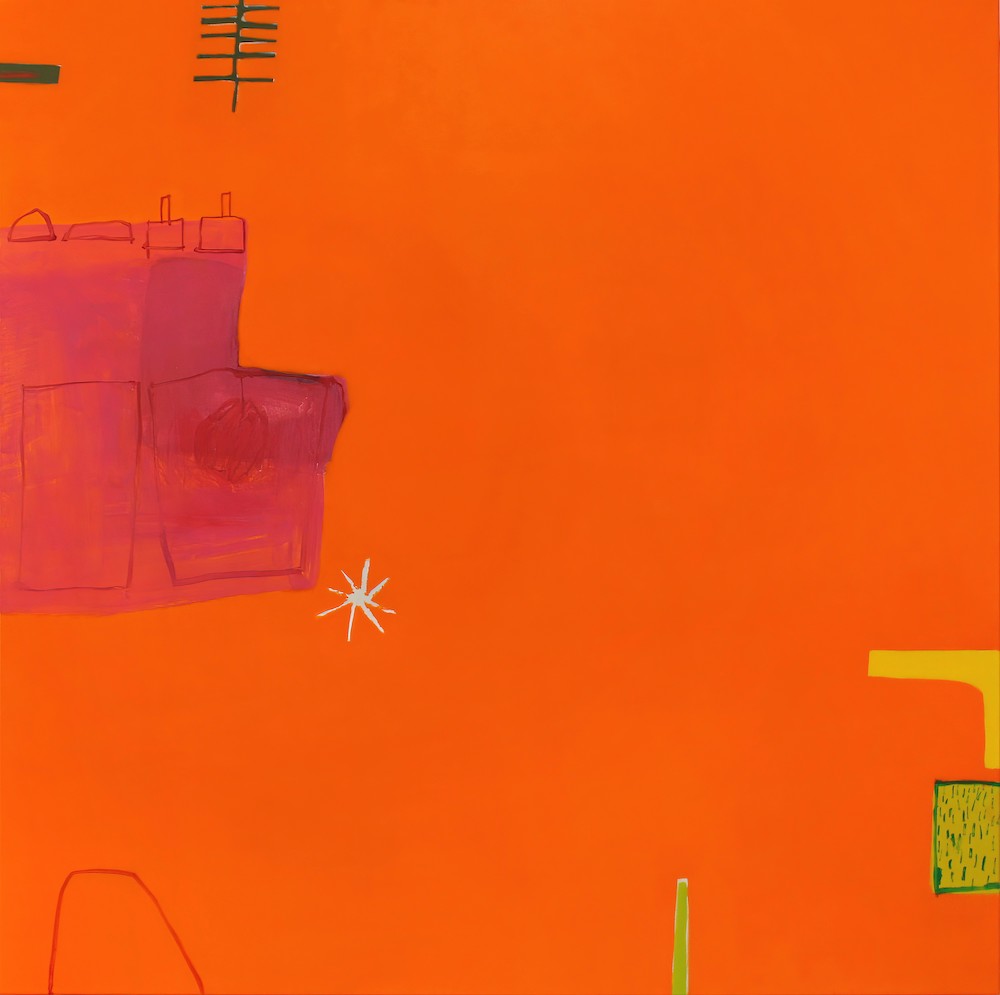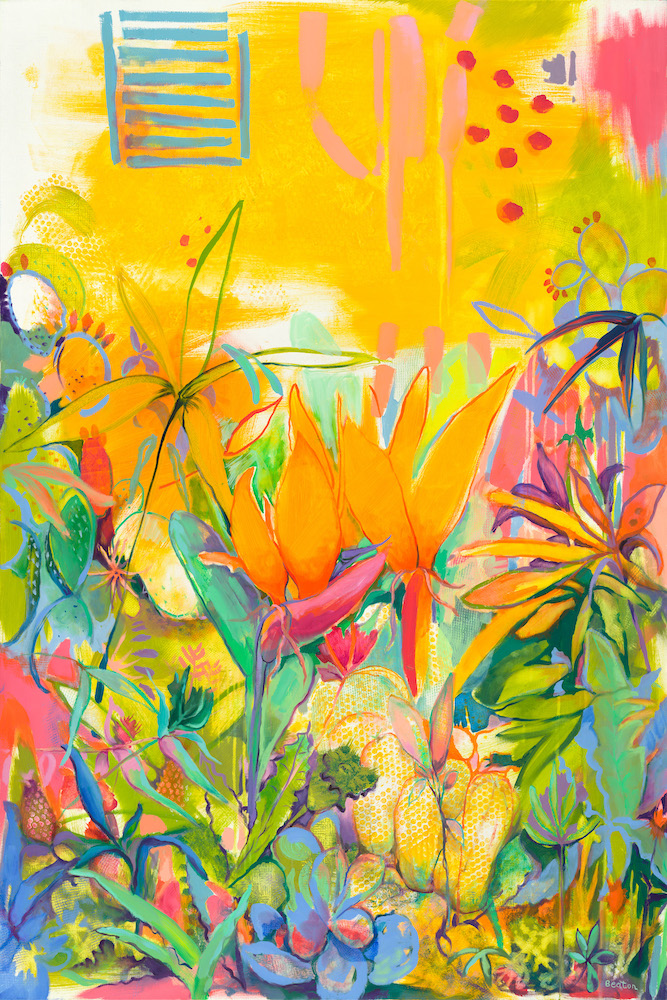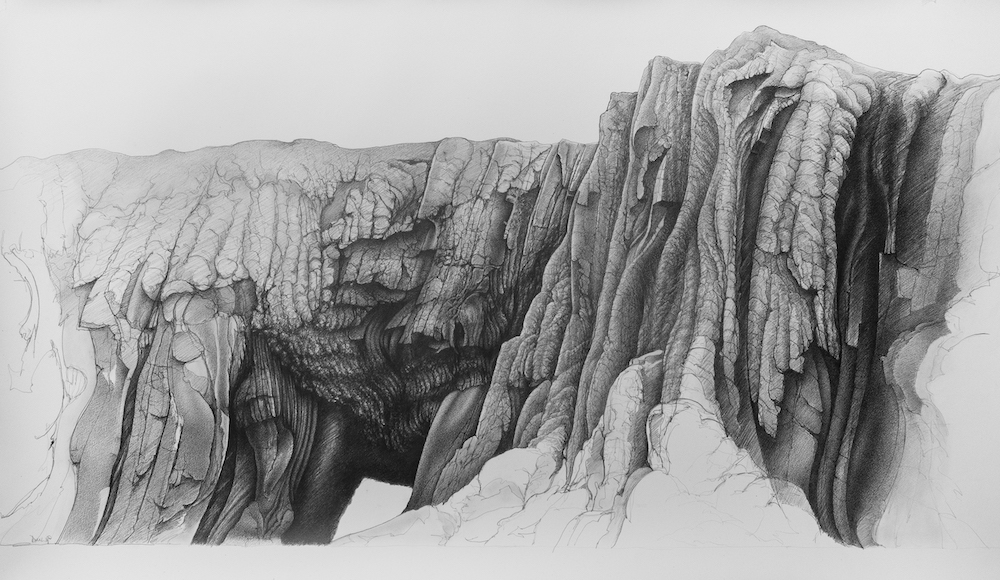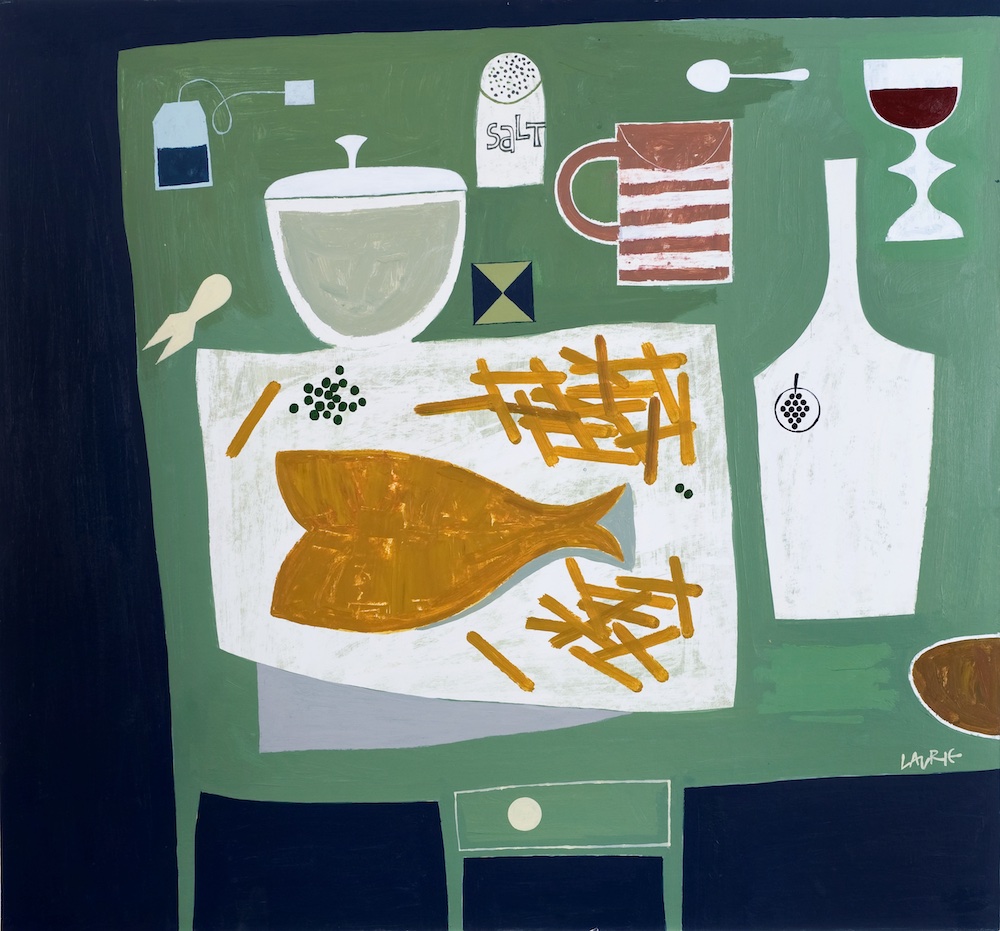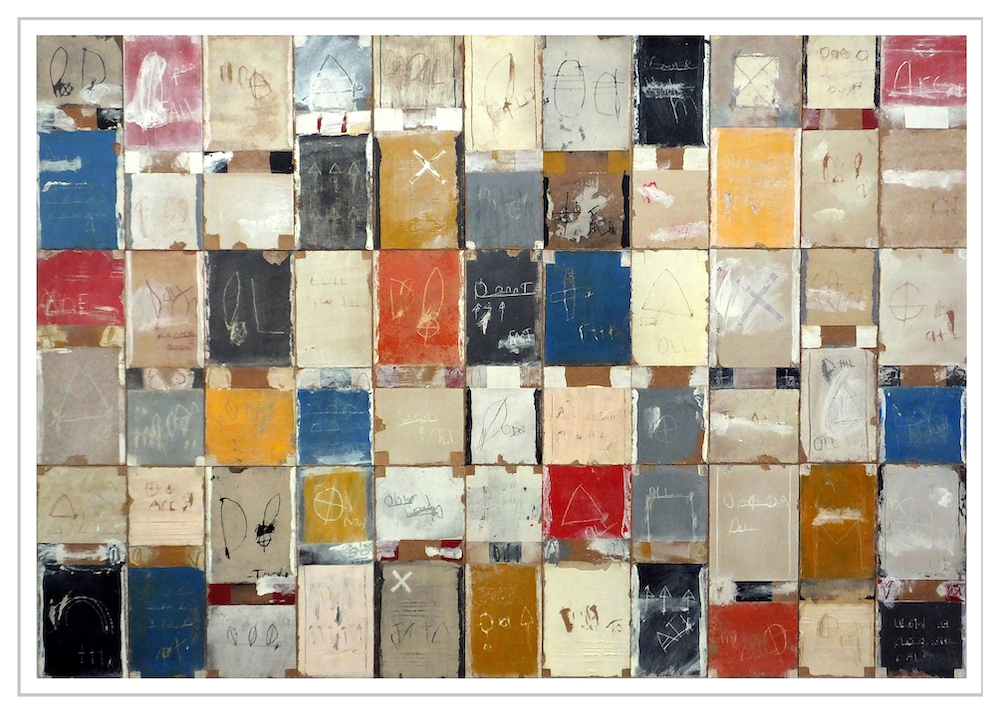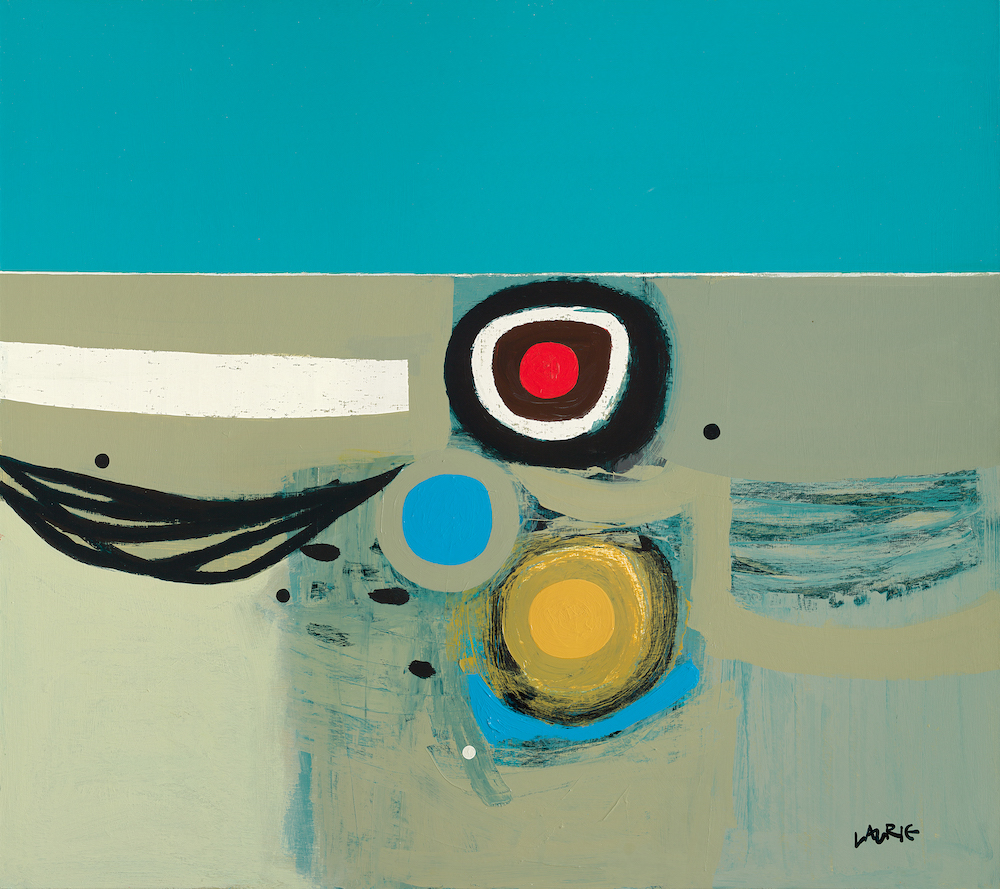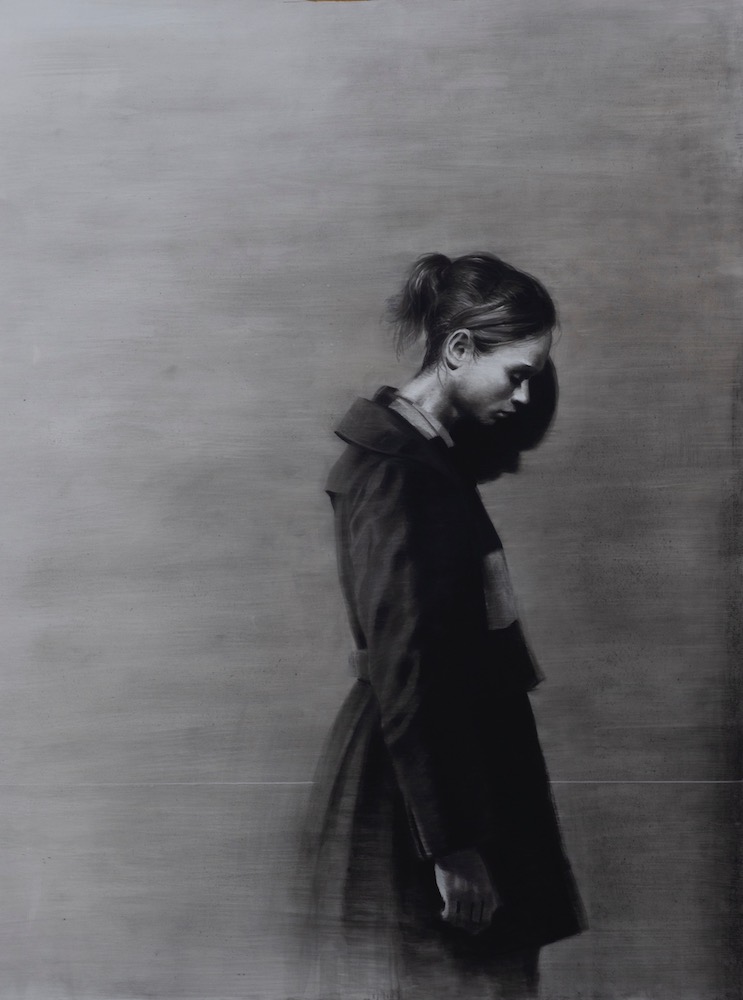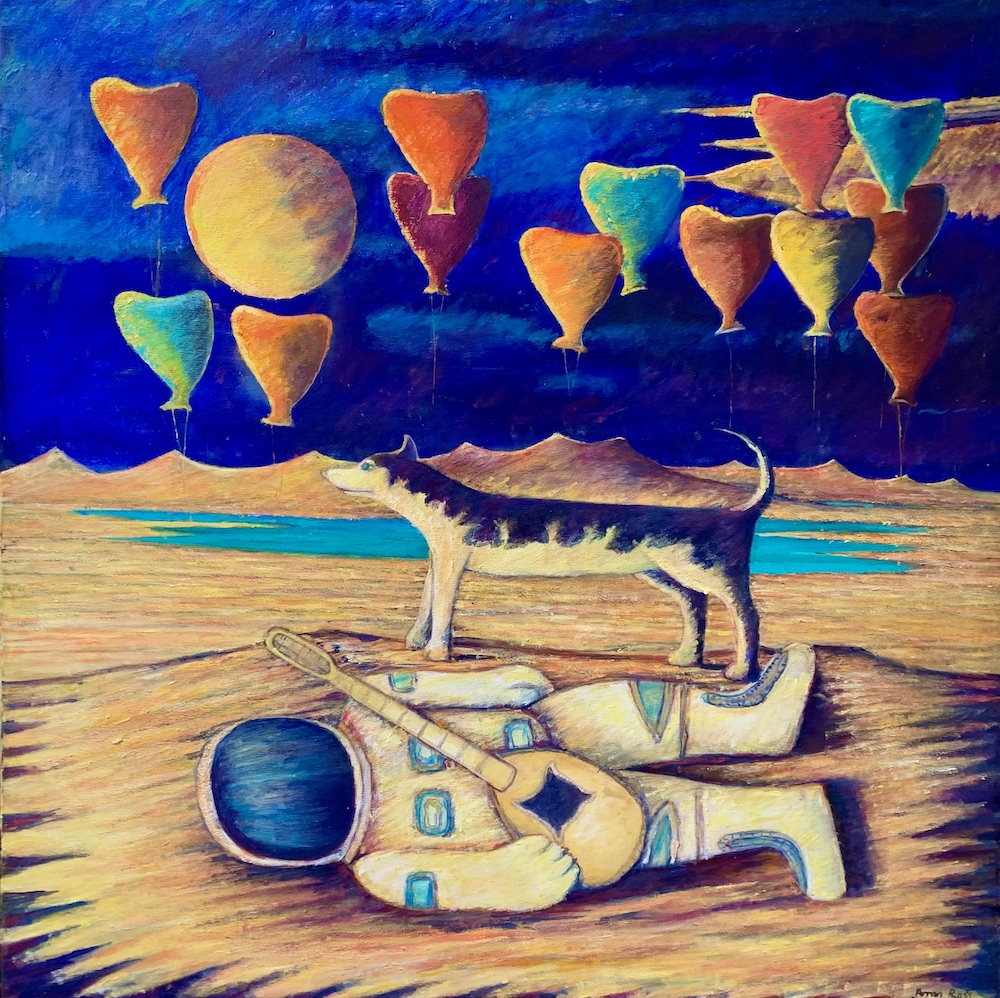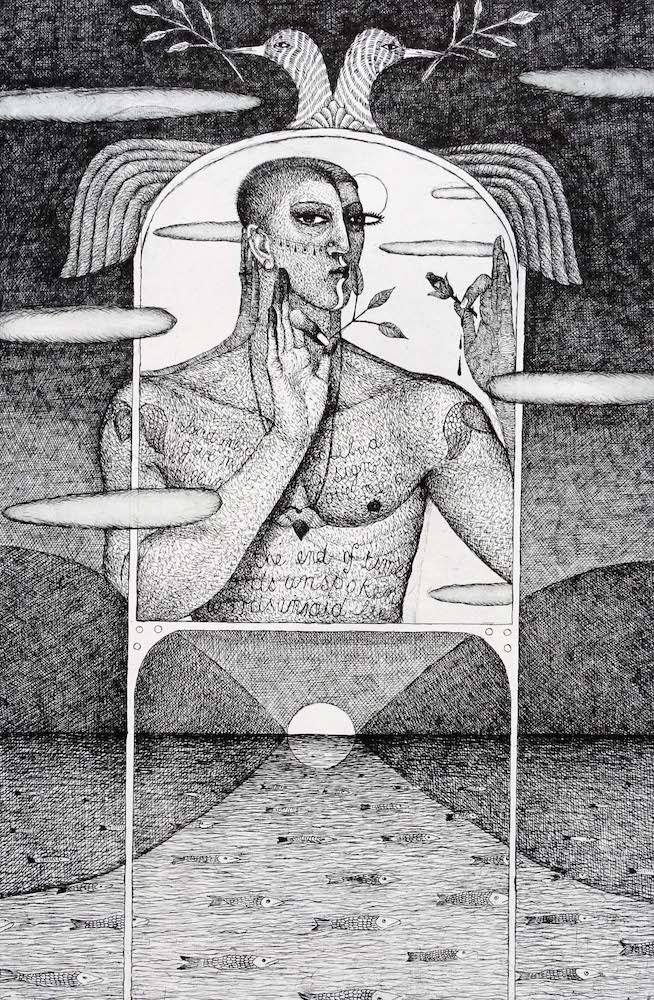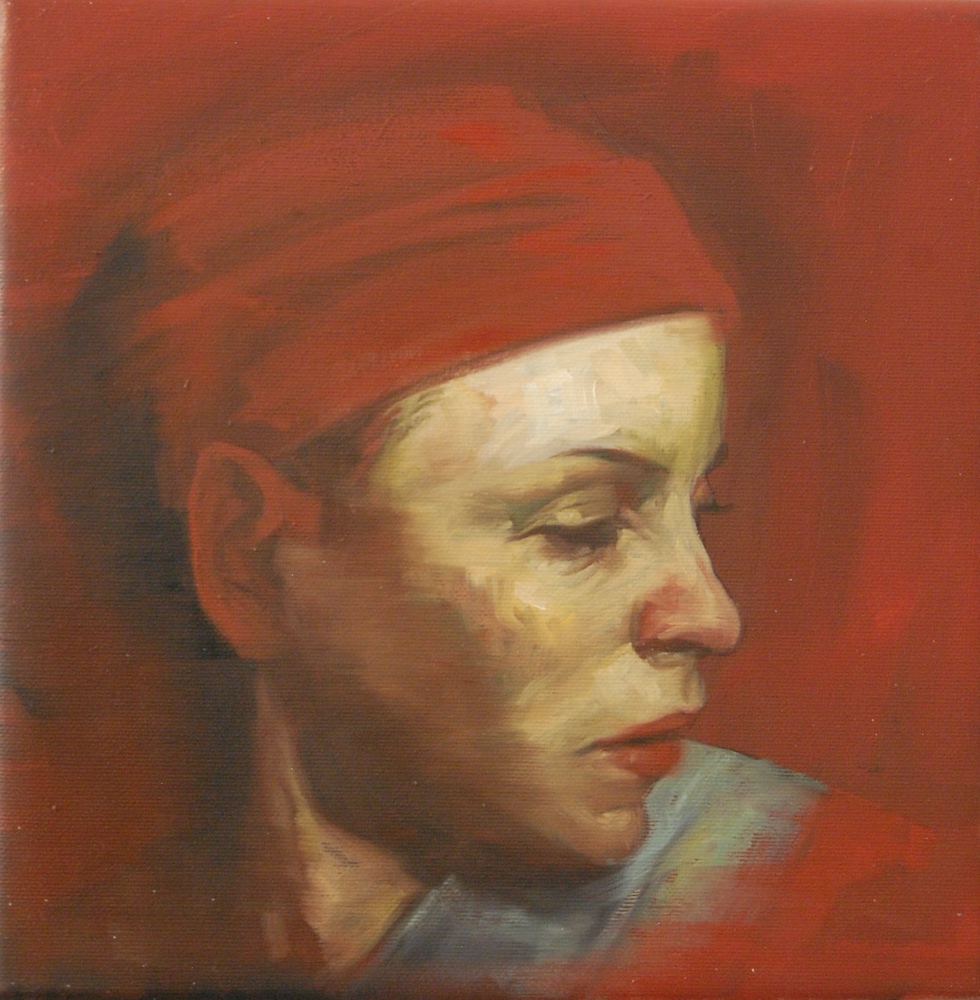14 May to 26 June 2022
Featuring work by Dominique Cameron, Nicola Carberry, Sandra Collins, Alan Connell, Paul Reid, Angela Repping, Joseph Urie, Graeme Wilcox and around 20 drawings by Neil Dallas Brown (1938-2003).
A celebration of the art of drawing featuring work from 8 contemporary Scottish based artists alongside a collection of 20 drawings by Neil Dallas Brown dating from 1960 to 1981.
A catalogue accompanies the exhibition with an introduction (repeated below) by Art Journalist, Jan Patience. If you would like a copy of the catalogue please contact the gallery.
Drawing is not what one sees but what one can make others see.
DRAWING is one of the most immediate forms of self-expression we human beings have at our disposal. Think about how a child, still unable to form words into sentences, picks up a crayon with glee and scribbles over the first surface they come across.
Soon these scribbles become decipherable; a face, a house, a garden path… and so it goes on.
In this new exhibition, simply titled, Drawing, Fidra Fine Art presents twenty five detailed study drawings by the late Neil Dallas Brown, influential artist and teacher, together with drawings by eight contemporary Scottish artists. Drawing lies at the very heart of all these artists’ work.
Dallas Brown was a remarkable artist who perhaps did not receive the acclaim he deserved during his lifetime and following his death in 2003 at the age of 65.
The drawings in this show were made between 1960, when Dallas Brown was studying at the Royal Academy Schools in London, and 1981, by which time he was teaching at the Glasgow School of Art (GSA).
In the late 1970s, Brown became caught up in his seminal Shroud paintings, made in response to The Troubles in Northern Ireland.
Brown’s sketches (it almost feels wrong to call them sketches as they are fully formed artworks) reveal the inner workings of Dallas Brown’s mind as he planned out paintings. Nothing is left to chance as he evokes a now vanished era in pencil and graphite, making notes on colour on occasion to the side of the paper.
One in particular, Study for Target III (Fast Sway), 1979, depicts two dogs leaping towards the side of a gun-barrel target. Poignantly the painting which followed on was lost in the first GSA fire in 2014.
A few years ago, I spoke to Brown’s near contemporary, John Johnstone, about him. The two men both studied at Duncan of Jordanstone College of Art and Design in Dundee. “He really was something else,” Johnstone recalled.
“The first time I saw his work – a painting of cliff faces – was in 1960. It was like a Carvaggio. I remember thinking, ‘My God, what a skilful painter!’“
To paint like Caravaggio, artists have to be quick on the draw; grafting endlessly via graphite, charcoal, ink or pastel. They make it look so easy. But it’s not.
A solid grounding in the art of drawing is key to the development of every good artist.
At least three of the artists featured in this exhibition were taught by Dallas Brown; Nicola Carberry, Alan Connell and Joseph Urie.
Nicola Carberry works quickly, be it in pencil, pastel, ink or watercolour, letting her hand roam deftly over the page. Her figures bristle with energy and spontaneity.
The naked charcoal figures in Joseph Urie’s drawings from the late 1980s are densely drawn against a blackened background, laden with foreboding.
Alan Connell’s drawings of household objects are slow-burn affairs, detailed and delicate at the same time.
Dominique Cameron’s drawings of landscapes and figures have an antsy urgency about them; quicksilver movements on paper or board, using charcoal or oil bars, transferring the image she sees in her mind’s eye to hand in an instant.
More delicately, Sandra Collins maroons pencil-drawn figures against a static patterned background, throwing acrylic and thread into the mix to make it sing.
Graeme Wicox’s heads and figures, set against featureless backgrounds are caught up in a distant reverie. There’s a restlessness about them which draws you in.
With preternatural skill, Angela Repping captures stillness in her studies of women’s heads. As viewers, we are caught up in their world. Who are these women, where are they from, what are they thinking?
Paul Reid‘s studies for his large paintings of classical scenes are the first draft of his own history. The devil is in the detail. Pan, Greek god of fertility, has a surprisingly humanoid appearance, despite the goat face and horns. He stands in knee-length shorts against a dilapidated brick wall. Clutching a skull. Challenging onlookers to “come ahead”.
This is an exhibition which invites everyone to “come ahead”. To look and to take stock.
